Uniqlo, the renowned Japanese fashion brand, has come a long way since its inception. Founded in 1949 by Ogori Sh?ji, the company originally operated men’s clothing shops. It wasn’t until June 1984 that the first Uniqlo store, under the name “Unique Clothing Warehouse,” opened in Hiroshima, Japan. This marked the beginning of Uniqlo’s journey into the casual wear market. Interestingly, the name “Uniqlo” was born out of a clerical error when registering the brand in Hong Kong, where the “C” in “clothing” was misread as “Q.” This mistake resonated with Tadashi Yanai, the company’s head, who adopted the name across Japan. By the early 1990s, Uniqlo had become a prominent name with over 100 stores across Japan.
The brand’s significant growth can be attributed to its strategic shift in 1997, when it adopted the “SPA” (specialty store retailer of private-label apparel) model, inspired by American retailer The Gap. This strategy involved producing their own clothing and selling it exclusively, allowing Uniqlo to control quality and costs more effectively. With the help of retail brand consultancy CIA, Inc., Uniqlo revamped its merchandise, store design, and visual presentation, which significantly boosted its appeal. The opening of the first urban Uniqlo store in Tokyo’s Harajuku district in 1998 marked a pivotal point in its urban expansion, leading to substantial growth and popularity within Japan.
The 2000s saw Uniqlo’s rapid international expansion. The brand opened stores in major cities worldwide, including New York City, London, and Shanghai. By 2005, Uniqlo had become a global brand with around 700 stores in Japan and numerous outlets abroad. The company’s collaborations with high-profile designers like Jil Sander, Shiatzy Chen, and Alexander Wang, as well as innovative projects like the “Art for All” partnership with Jeffrey Deitch and the launch of 3D knit garments, solidified its position as a leader in the fashion industry. Today, Uniqlo continues to expand its global footprint, with a strong presence in Asia, Europe, North America, and Australia, embodying its mission to provide high-quality, affordable, and stylish clothing to consumers worldwide.
Keith Haring Uniqlo Commercial
How to tell if Uniqlo is vintage from the logo
Uniqlo, a popular Japanese fashion brand, has undergone several logo changes throughout its history. Each logo reflects different eras of the brand’s evolution and can be a key indicator in determining if a Uniqlo item is vintage. Here’s a guide to identifying Uniqlo logos from different periods.
1984 to 1991 Uniqlo logo
- The original Uniqlo logo featured two stylized human figures holding hands.
- It emphasized the “Unique Clothing Warehouse” branding with text below the figures.
- The design was simple and had a straightforward, almost minimalist look.
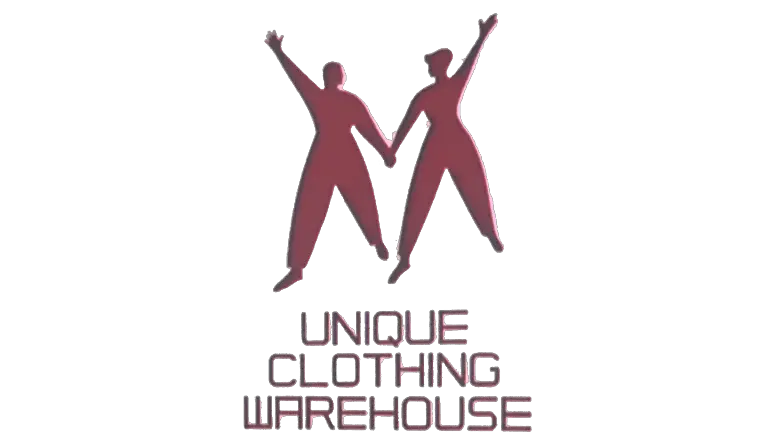
1984 to 1991 Uniqlo logo
1991 to 1998 Uniqlo logo
- The second iteration of the logo introduced the brand name “UNI-QLO” prominently.
- It retained the stylized human figures, now placed above the text.
- The background color was a striking red, making the white text and figures stand out.
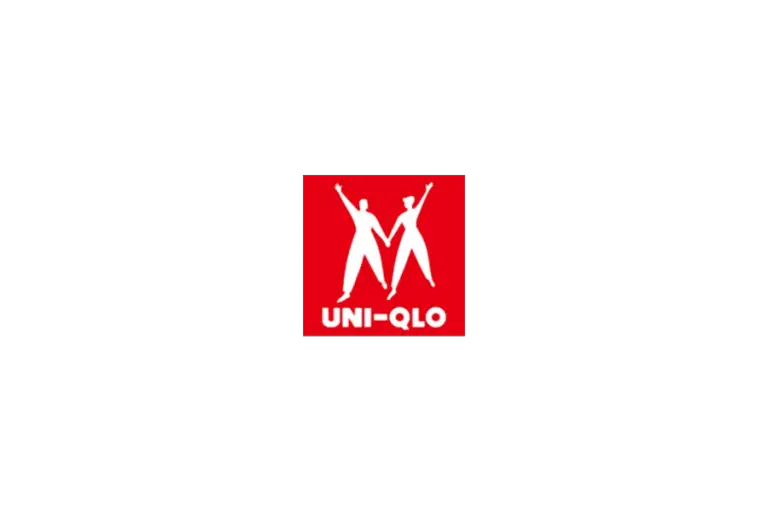
1991 to 1998 Uniqlo logo
1998 to 2009 Uniqlo logo
- This logo saw a significant shift with a bold red square background and white text.
- The text was simplified to “UNIQLO” in a blocky, capitalized font.
- The design was more modern and clean, aligning with contemporary branding trends.
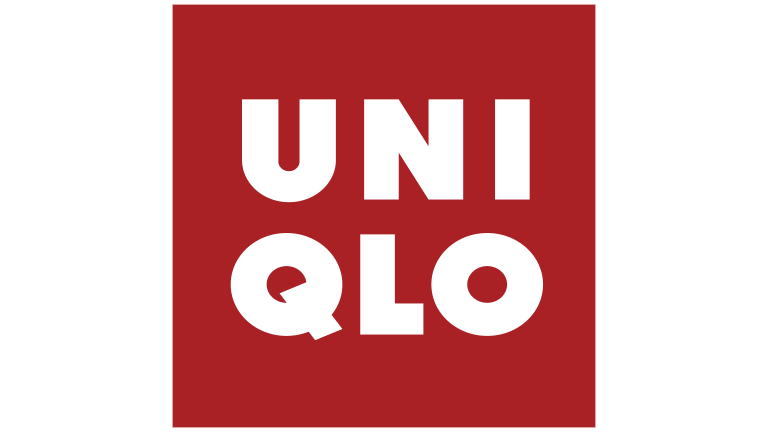
1998 to 2009 Uniqlo logo
2006 to now Uniqlo logo
- The current logo maintains the red square background but with a more refined look.
- It features both English and Japanese characters, reflecting the brand’s international reach.
- The font is slightly more spaced out, giving it a balanced and polished appearance.

2006 to now Uniqlo logo
How to tell if Uniqlo is vintage from the tags
The evolution of Uniqlo’s tags provides insights into the brand’s history and the different eras of its production. Over the years, Uniqlo has experimented with various designs, colors, and collaborations that are often reflected in the tags of their garments. This guide helps identify vintage Uniqlo pieces based on the specific characteristics of the tags from different decades.
Need help with vintage tags or labels? Submit a picture on our vintage tag identification page, and we’ll take care of it!
2000s vintage Uniqlo tags
- Features the “UT” branding prominently.
- Square or rectangular tags with bold serif lettering.
- Often includes the country of manufacture such as “Made in Vietnam” or “Made in China.”
- Collaborations are sometimes mentioned directly on the tags, such as “KAWS Sesame Street” or “Disney.
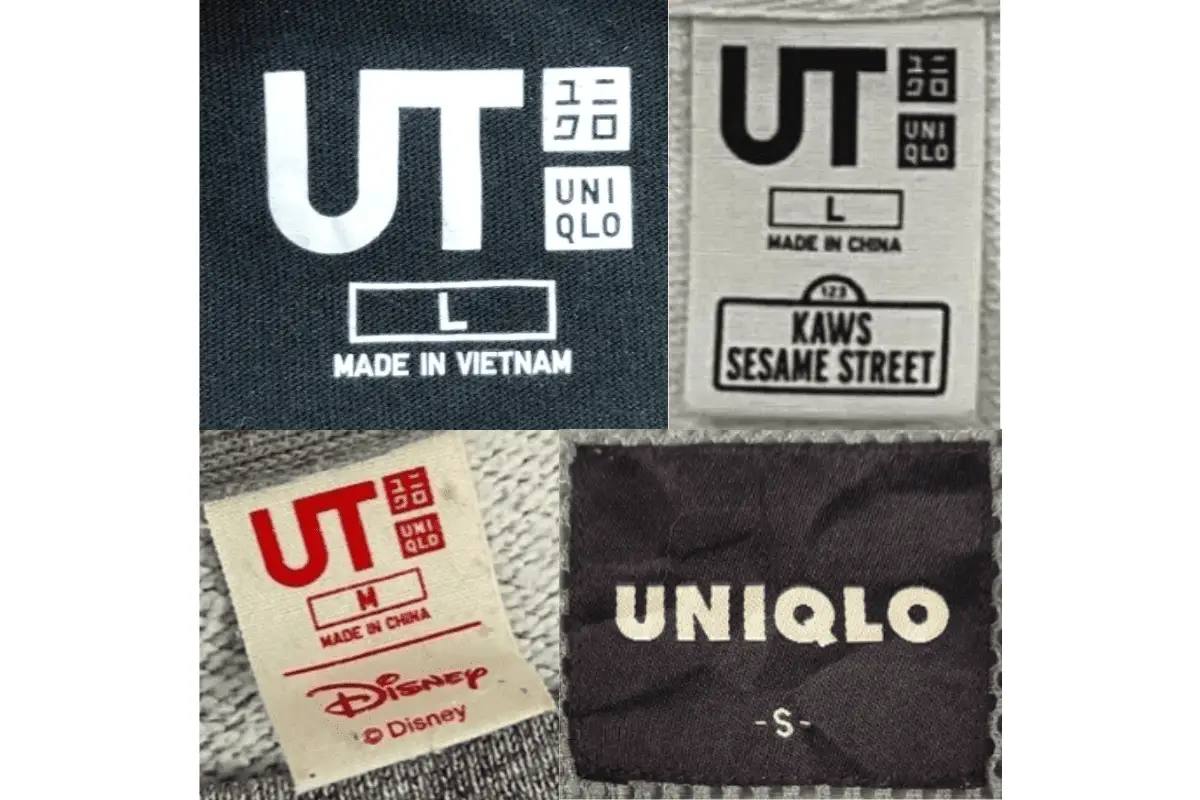
2000s Uniqlo tags
2010s vintage Uniqlo tags
- Modern layouts with the classic Uniqlo logo.
- Tags feature minimalist designs, often with black and white color schemes.
- Introduction of the “Uniqlo U” line with distinctive tags indicating this sub-brand.
- Use of different materials and styles for tags, ranging from fabric to printed labels.
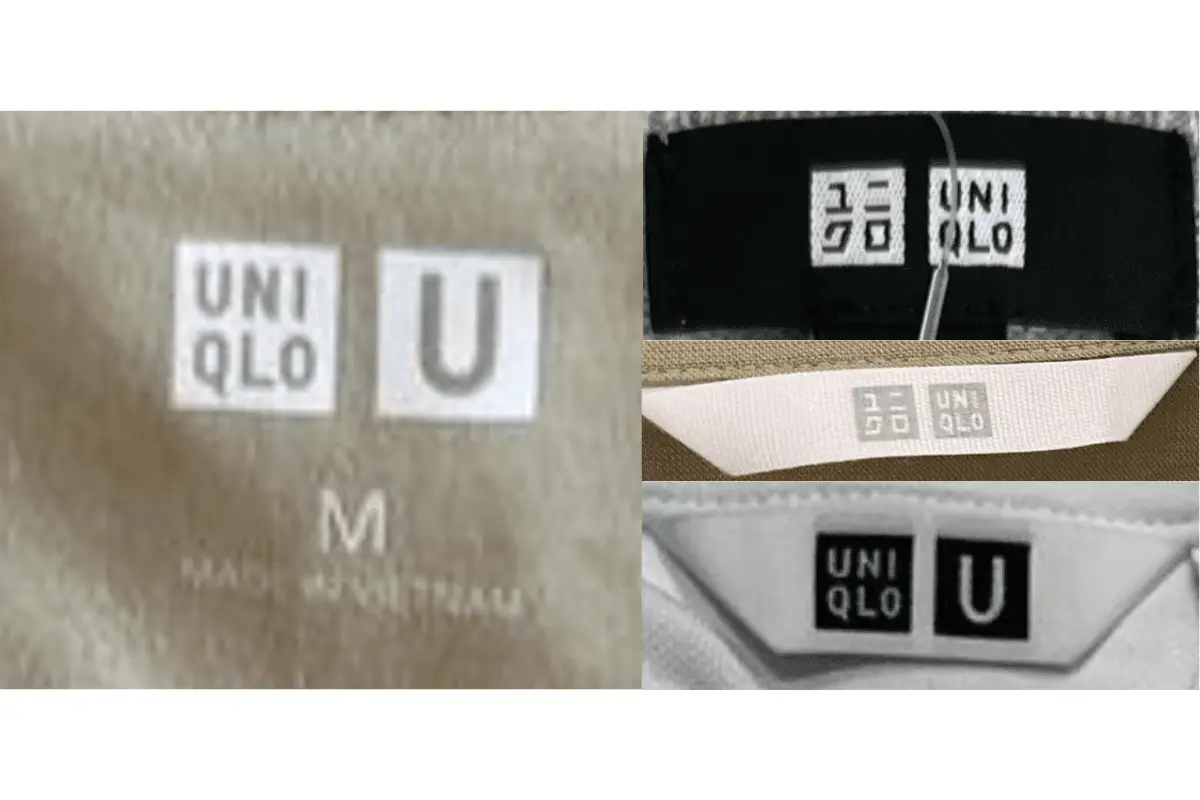
2010s Uniqlo tags
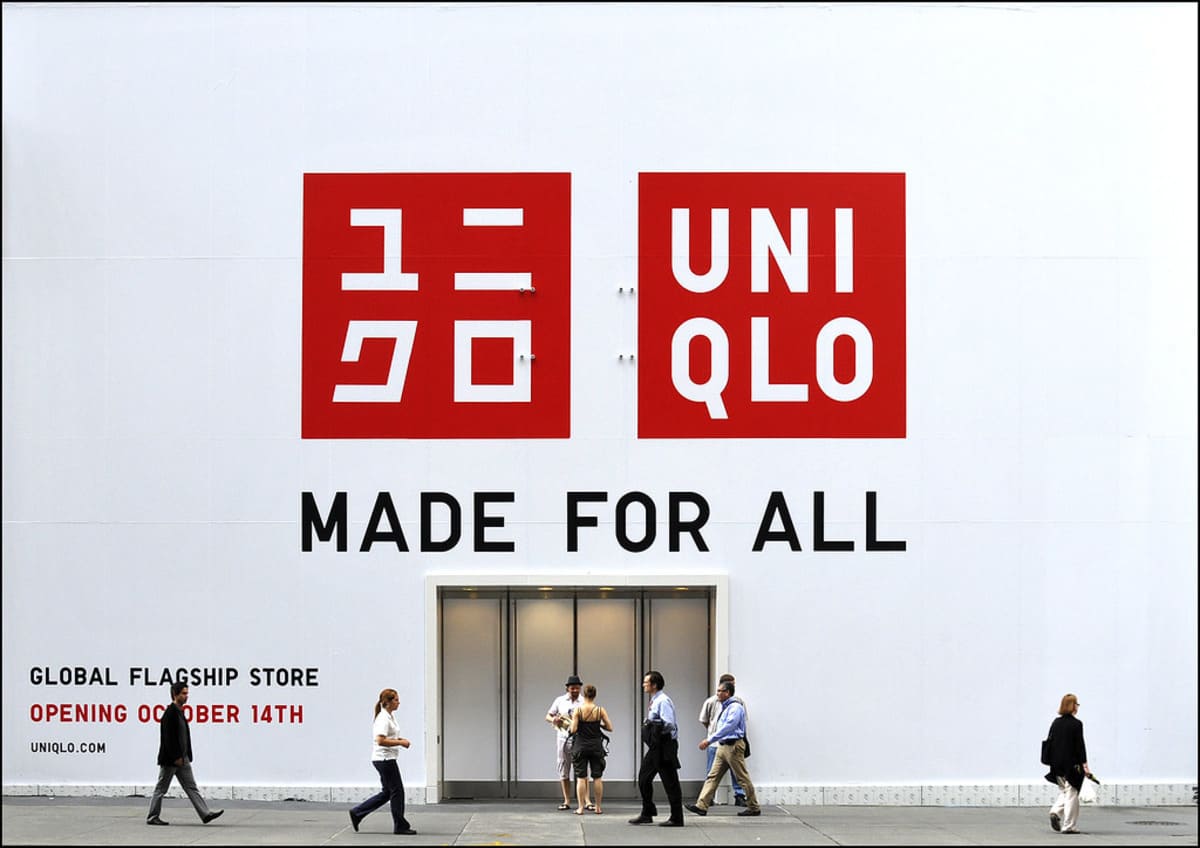


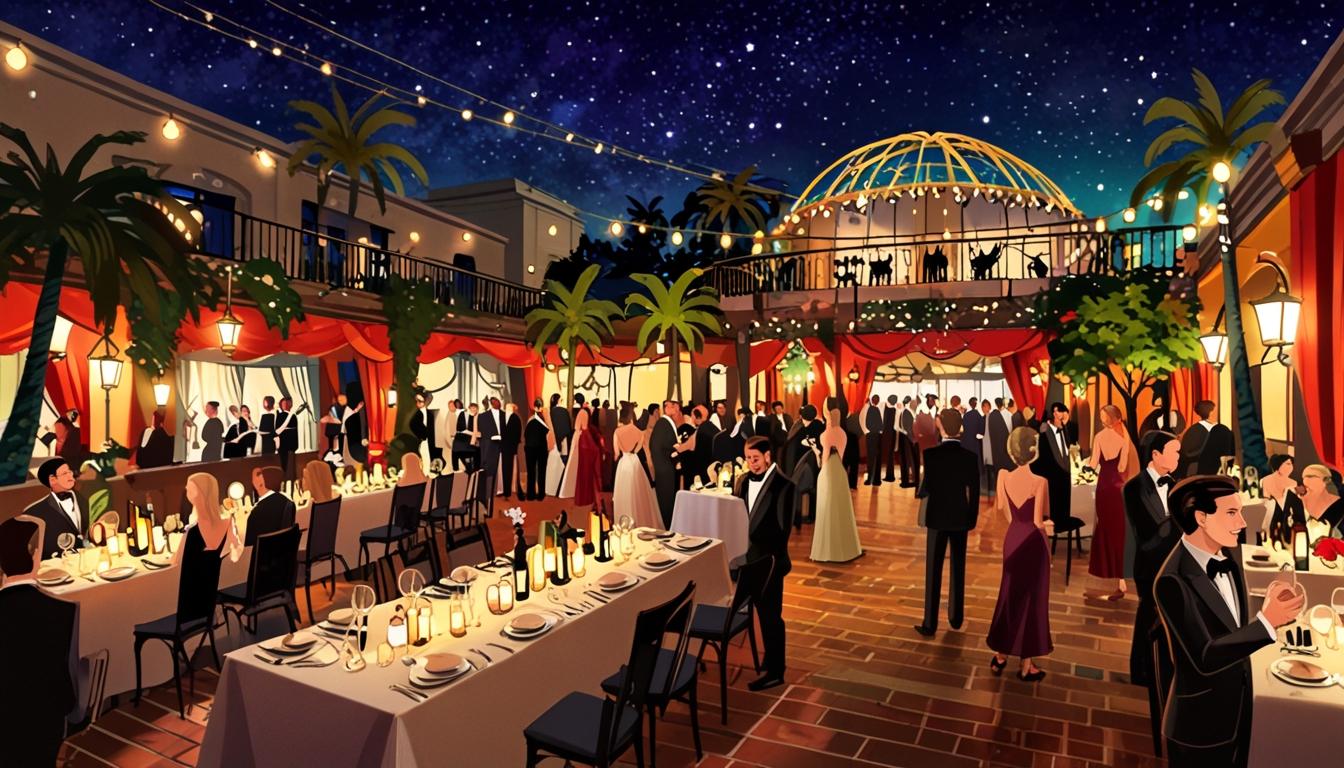
Stay at the Best Hotels with Shuttle Service Toronto Airport for hassle-free travel. Hotels near Toronto Pearson Airport with Shuttle provide easy airport access. Choose Hotels near YYZ with Free Shuttle or book a Private Car Service from Toronto Airport to Hotels. Enjoy seamless Airport Transfer to Toronto Airport Hotels and a comfortable stay.
Dance the night away with Miami Nightlife Party Bus services! Our luxurious fleet is perfect for a Girls’ Night Out Party Bus, bachelor parties, or weddings. Trust the Best Party Bus Rentals Miami for fun-filled, stylish celebrations.
Get to Atlantis Resort in comfort with Nassau Airport to Atlantis transportation. Enjoy safe, clean, and spacious rides with professional drivers who prioritize customer satisfaction and punctuality.